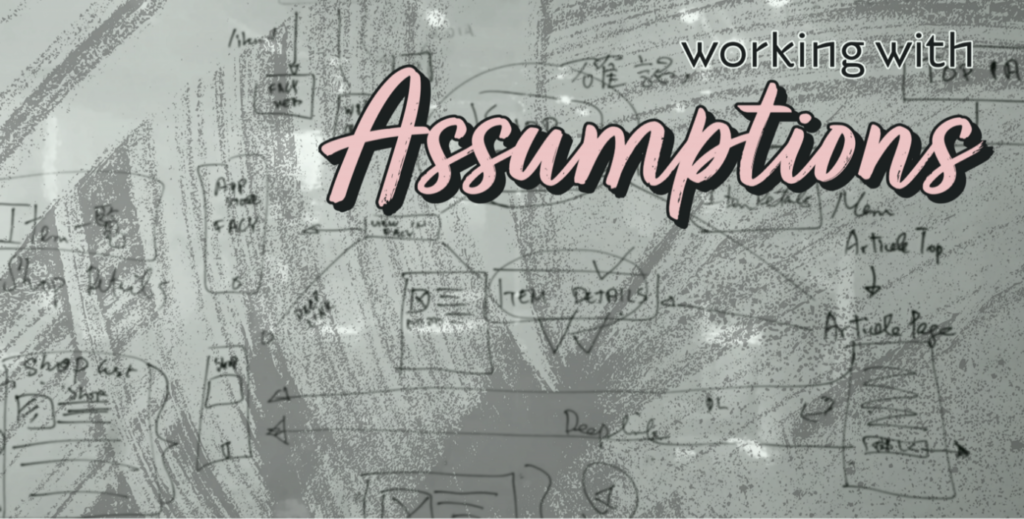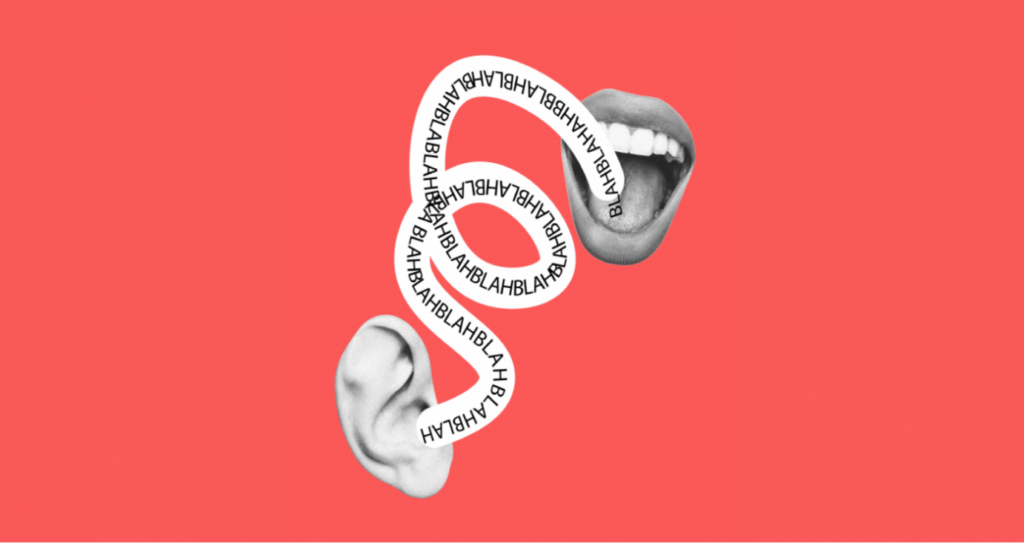- Behavioral Science, Business UX Leaders, Emotion, Empathy
We should never work on assumptions but we definitely should work with assumptions.
Article by David Dikman
Working with assumptions
- Although decisions in UX design shouldn’t be based on assumptions, it’s important to use generalizations to prioritize effectively.
- An example of a useful tool based on assumptions is poker planning – a technique aimed at estimating work and avoiding anchoring to one guess.
Discussing and working with assumptions can benefit the whole team, help to set realistic expectations and mitigate the risks for further work. Read the full article to learn about how to deal with assumptions in UX design.
Share:Working with assumptions
Share this link
- August 19, 2021
3 min read







